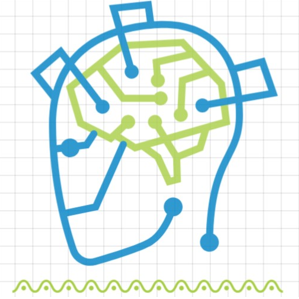There are no items in your cart
Add More
Add More
| Item Details | Price | ||
|---|---|---|---|
"From Hypertext to Hyper connectivity: Riding the Waves of Web Evolution"
"Cyber Security Industry needs 34 Lakh Engineers. Gear up for a rewarding Cyber Security Career." — iCSP Team
The World Wide Web, commonly known as the web, has undergone a fascinating evolution since its inception. From its humble beginnings to the sophisticated digital landscape we know today, let's embark on a journey through time to explore the evolution of the web and the key concepts that have shaped its trajectory.
The Birth of the Web: In 1989, British computer scientist Tim Berners-Lee laid the foundation for the World Wide Web while working at CERN, the European particle physics research center. His visionary proposal introduced the concept of hypertext, which allowed the sharing and linking of information through a decentralized network. By 1991, the first web page and web browser were created, marking the birth of the web.
Web 1.0 - The Static Web (Early 1990s): The early days of the web, often referred to as Web 1.0, were characterized by static web pages primarily composed of simple HTML code. These pages offered basic information, akin to digital brochures. User interaction was limited to reading text and viewing static images. This era was more about publishing content than interactivity.
Key Concepts of Web 1.0:
Web 2.0 - The Interactive Web (Early 2000s): The transition to Web 2.0 marked a paradigm shift. This era brought forth interactive, user-generated content, and social connectivity. Websites evolved from static pages to dynamic platforms where users could create, share, and collaborate. Social media platforms like Facebook, YouTube, and Wikipedia flourished during this time.
Key Concepts of Web 2.0:
Web 3.0 - The Intelligent Web (Emerging): Web 3.0, also known as the Semantic Web, represents the ongoing evolution of the web toward a more intelligent, data-centric ecosystem. It aims to provide machines with the ability to understand, interpret, and organize web content. Key concepts include semantic understanding, data interoperability, personalization, and decentralization.
Key Concepts of Web 3.0:
As we navigate the digital epochs of the web's evolution, we find ourselves at the threshold of a more intelligent, interconnected, and user-centric digital experience. Emerging technologies such as augmented reality, virtual reality, and the Internet of Things are poised to further redefine the web's landscape.
In conclusion, the web's evolution is a testament to human ingenuity and our insatiable quest for innovation. From its inception as a static repository of information to its current state as an intelligent, interconnected network, the web has transformed the way we communicate, work, and interact with the world. As we peer into the future, the web's potential remains boundless, promising even more exciting chapters in its ongoing narrative.

Sophia Grace V
Network Security Engineer